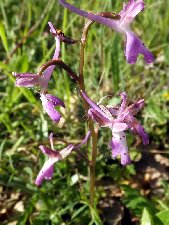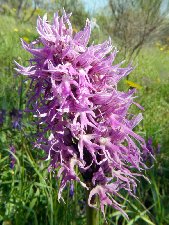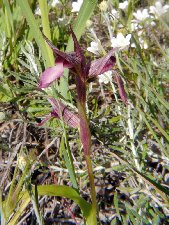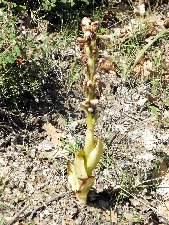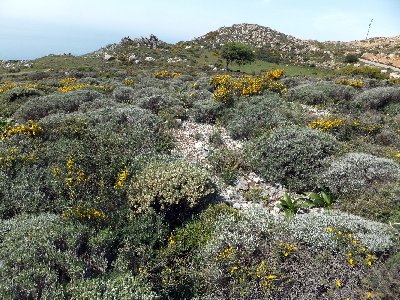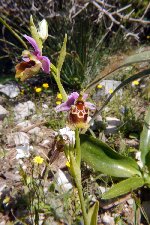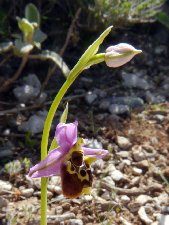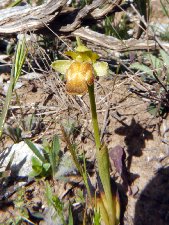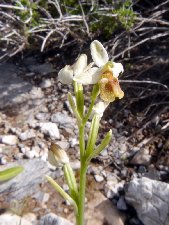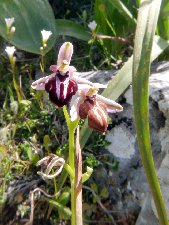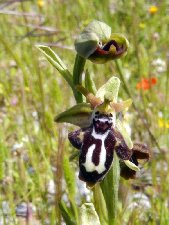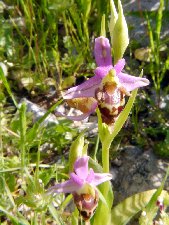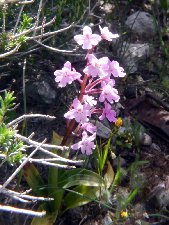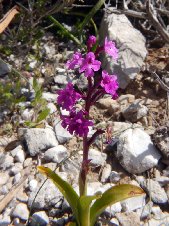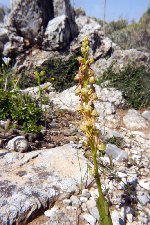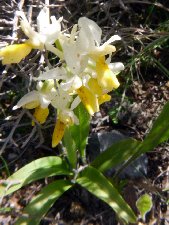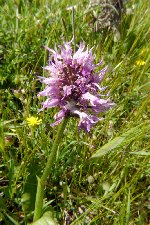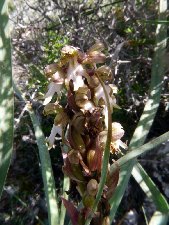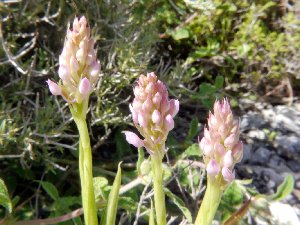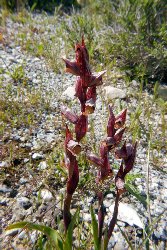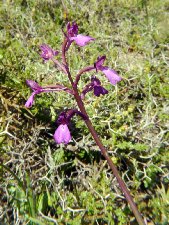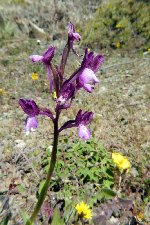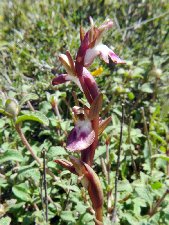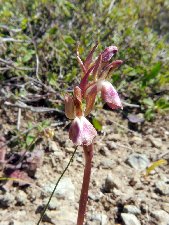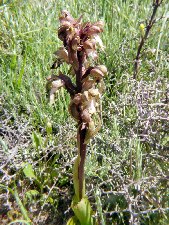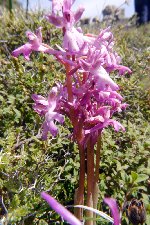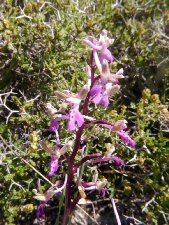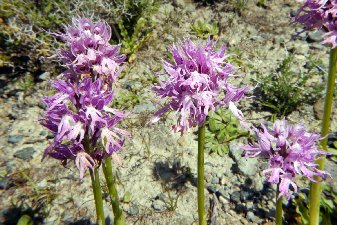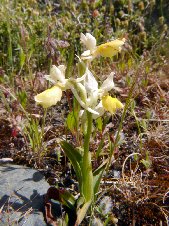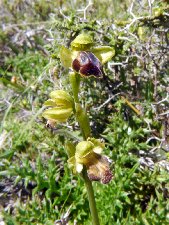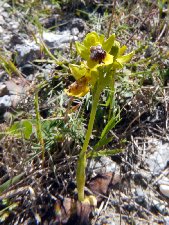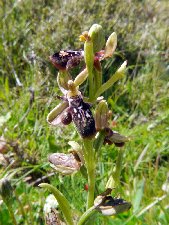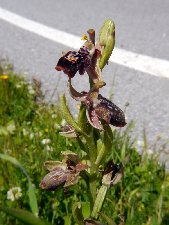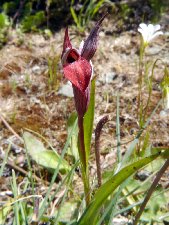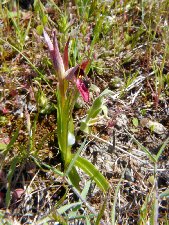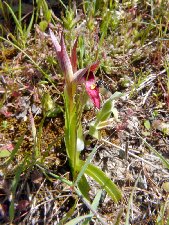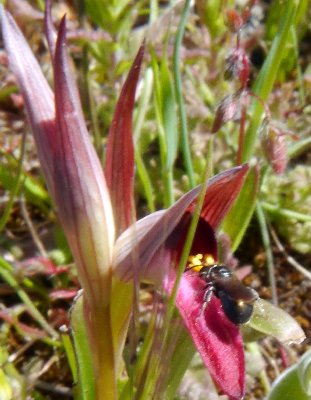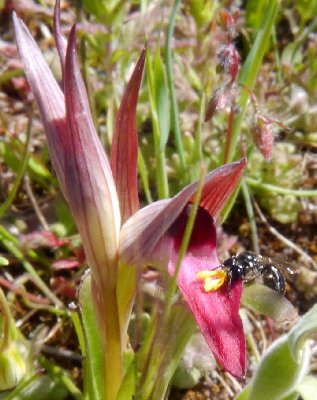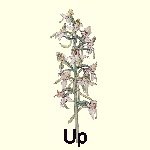|
|
|||||||||||
|
|
|||||||||||
 |
|
Kissou Kambos, 10th April 2018 (35.186595, 24.548102) The guide we are following stated there is an orchid rich area on a flattish area 1.3 km from Kissou Kambos. This is the right distance but clearly not our intended goal. A scout around reveals no flattish area so we have a look around, but there are few orchids.
|
|
Site 2, 10th April 2018 (35.171132, 24.529429) The day is not shaping up well. We fail to identify a site just outside the village of Vatos (but marking a spot to stop on the return if there is time), and the next site on the itenary is fenced and not many species are listed growing there. The furthest site along the road on a wide sweeping bend is actually more promising and we can spend a bit of time here. Firstly around what seems to be a dumping ground, and then on the phygana across the road. It turns out to be about 200 metres beyond where we should have been, but does turn out to be an excellent site for orchids, with several novel sightings. The stars of the show is the Ophrys genus. Here we find a few examples of our first hybrid; Ophrys episcopalis x Op. heldreichii. At first glance they appear to be Op. episcopalis with the large upturned protuberance at the tip of a typically shaped lip, but then you notice the `horns' at the side of the lip that are so typical of Op. heldreichii. Click on the images below.
|
|
The Orchis genus is also well represented. Orchis quadripunctata can be found in a range of shades from pale to deep pink (sadly none of the white variety) while O. anthropoporum, O. paucilora and O. italica grow here. Other orchids seen were Himantoglossum robertiana not quite finished for the year, Anacamptis pyramidalis in bud, and Serapias bergonii.
Vatos, 10th April 2018 (35.173758, 24.539077) From there we head on to see the monastery at Preveli (bit of a disppointment) and then retrace our steps and stop at the site noted earlier, parking near the side road to Vatos and opposite a gravel track leading to a small wind farm. On that side of the road the rocks are green and shiny olivine - looking quite alien for Crete. Again there is a wealth and variety of orchids. Anacamptis boryi showed a few variations on lip shapes and the A. collina was largely finishing with colours washed out of the lips. Also going over was Himantoglossum robertiana. Orchis anatolica exhibits some colour variation, while O. italica put on the show that we had seen ealier in passing. The genus is completed with O. pauciflora.
|
|
|
||||||||||||||
